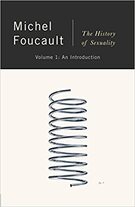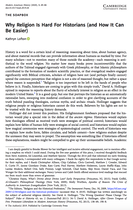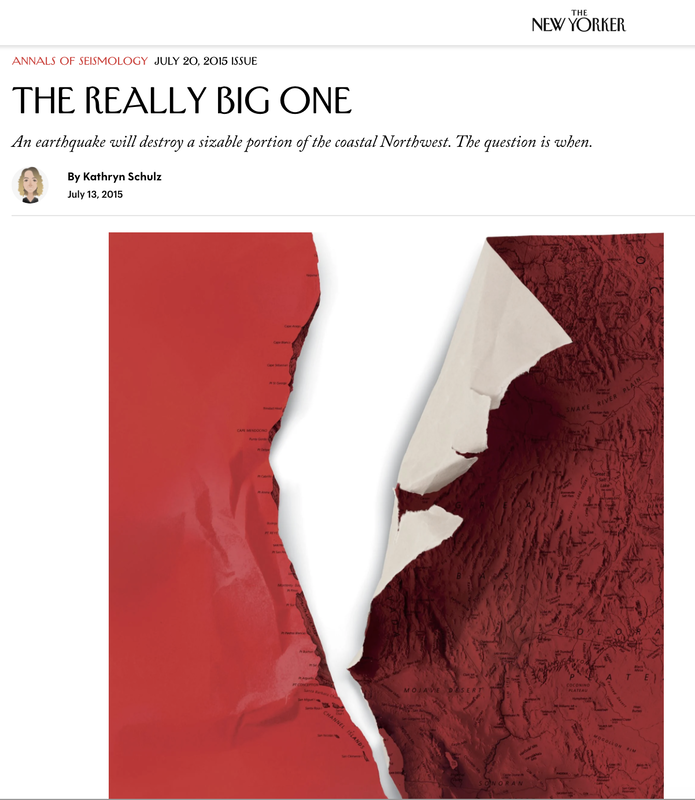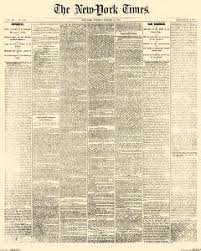Chicago Style Footnotes Citation Guide
The Chicago Manual of Style, used by most historians, has specific formatting rules for all citations. To learn how to insert a footnote in a Microsoft Word document, click here. To learn how to insert a footnote in a Google Doc, click here. Most likely, both Word and Docs will try to change the formatting of your footnote to some default font, so be sure to click anywhere in the footnote text, click "select all," and change the font to 10-point Times New Roman. Note that all book titles and journal titles are italicized—both in the footnotes and in the text itself. Also remember to include page number(s) at the end of every footnote (unless you are citing a book in its entirety).
BooksFirst (or Only) Edition of a Book with a Single AuthorThe Format:
First_Name Last_Name, Title of the Book in Italics: Some Books Also Include Subtitles (Place of Publication: Name of the Press, Year of Publication), Page Number(s). The Example: Emily Suzanne Johnson, This Is Our Message: Women's Leadership in the New Christian Right (New York: Oxford University Press, 2019), 11. Second (or Subsequent) Edition of a Book with a Single AuthorThe Format:
First_Name Last_Name, Title of the Book in Italics: Some Books Also Include Subtitles, 2nd ed. (Place of Publication: Name of the Press, Year of Publication), Page Number(s). The Example: Susan Stryker, Transgender History: The Roots of Today's Revolution, 2nd ed. (New York: Seal Press, 2017), 20-21. Chapter in an Edited BookThe Format:
First_Name Last_Name, "Title of the Chapter in Quotation Marks," in Title of the Edited Book: Including the Subtitle, ed.* First_Name Last_Name (Place of Publication: Name of the Press, Year of Publication), Page Number(s). *if more that one editor, change to "eds." and list all of the editor names, separated by commas The Example: Judith Weisenfeld, "Real True Buds: Celibacy and Same-Sex Desire across the Color Line in Father Divine’s Peace Mission Movement," in Devotions and Desires: Histories of Sexuality and Religion in the Twentieth-Century United States, eds. Gillian Frank, Bethany Moreton, and Heather R. White (Chapel Hill: University of North Carolina Press, 2018), 90-112. Revised or Reprinted Edition of a Translated BookThe Format:
First_Name Last_Name,Title of the Book: Including the Subtitle if Applicable, rev. ed., trans. First_Name Last_Name (Place of Publication: Name of the Press, Year of Publication), Page Number(s). The Example: Michel Foucault, The History of Sexuality, Vol. 1: An Introduction, rev. ed., trans. Robert Hurley (New York: Vintage Books, 1990), 16. ArticlesAcademic Journal ArticlesThe Format:
First_Name Last_Name, "Title of the Article: Most Journal Articles Include Subtitles," Italicized Journal Name Volume_Number, no. Issue_Number (Month/Season and Year of Publication): Page Number(s). The Example: Kathryn Lofton, “Why Religion Is Hard For Historians (and How It Can Be Easier),” Modern American History 3, no. 1 (March 2020): 69-86. Magazine or Newspaper ArticlesThe Format:
First_Name Last_Name, "Title of the Article," Italicized Publication Name, Month Day, Year, Page Number(s) or URL. Example 1 (historical magazine article with page number): Sarah Comstock, "Aimee Semple McPherson: Prima Donna of Revivalism," Harper's Magazine, Dec. 1927, 12. Example 2 (contemporary magazine article with a URL): Kathryn Schulz, "The Really Big One," New Yorker, July 13, 2015, https://www.newyorker.com/magazine/2015/07/20/the-really-big-one. Example 3 (historical newspaper article with page number): "The Church Scandal: Further Particulars of the Cooke-Johnston Case," New York Times, Jan. 12, 1870, 8. Example 4 (contemporary newspaper article with a URL): Adam Roston, “Business Partner of Falwells Says Affair with Evangelical Power Couple Spanned Seven Years,” Reuters, Aug. 24, 2020, https://www.reuters.com/investigates/special-report/usa-falwell-relationship/. |
There are many other kinds of sources you might need to cite, but they all generally follow a similar logic: the name of the author, the title of the work, where the work appears, place of publication, publisher, and date. For information on other kinds of sources and for examples, see the Chicago Manual of Style and the Library of Congress citation guides (note that the Library of Congress guide provides bibliography style citations, not footnote style, so you may need to do some tweaking to transform bibliography entries into footnotes, but the principle will always be the same: first name of the author and last name of the author, title, publication information, and page number(s). Happy citing!
Things to Keep in Mind:
- Footnotes are not the same as footers in Word or Google Docs; to insert a footnote, go to the menu and click Insert + Footnote.
- Footnotes always go to the end of the sentence (never in the middle) and are inserted after the period.
- There can only be one footnote per sentence. If you have multiple citations for the same sentence, include them all in the same footnote and separate them by a semicolon.
- The order of in-text footnote punctuation for a sentence that ends with a quote is period + closing quotation mark + footnote number.
- All footnotes must be in 10-point Times New Roman font (even though your word processor will likely try to change the formatting); the best way to ensure correct formatting is to click anywhere in the footnotes, select all, and apply the correct font formatting.
- In footnotes, only publication titles (book titles, journal titles, newspaper/magazine titles) are italicized; chapter titles and article titles appear in quotation marks.






